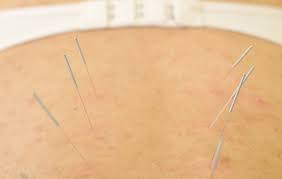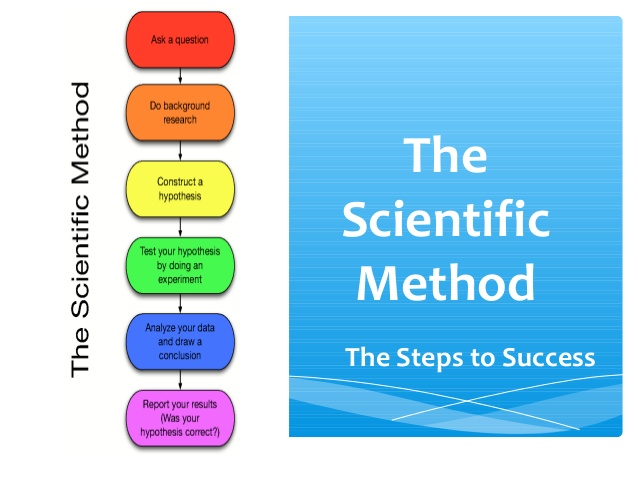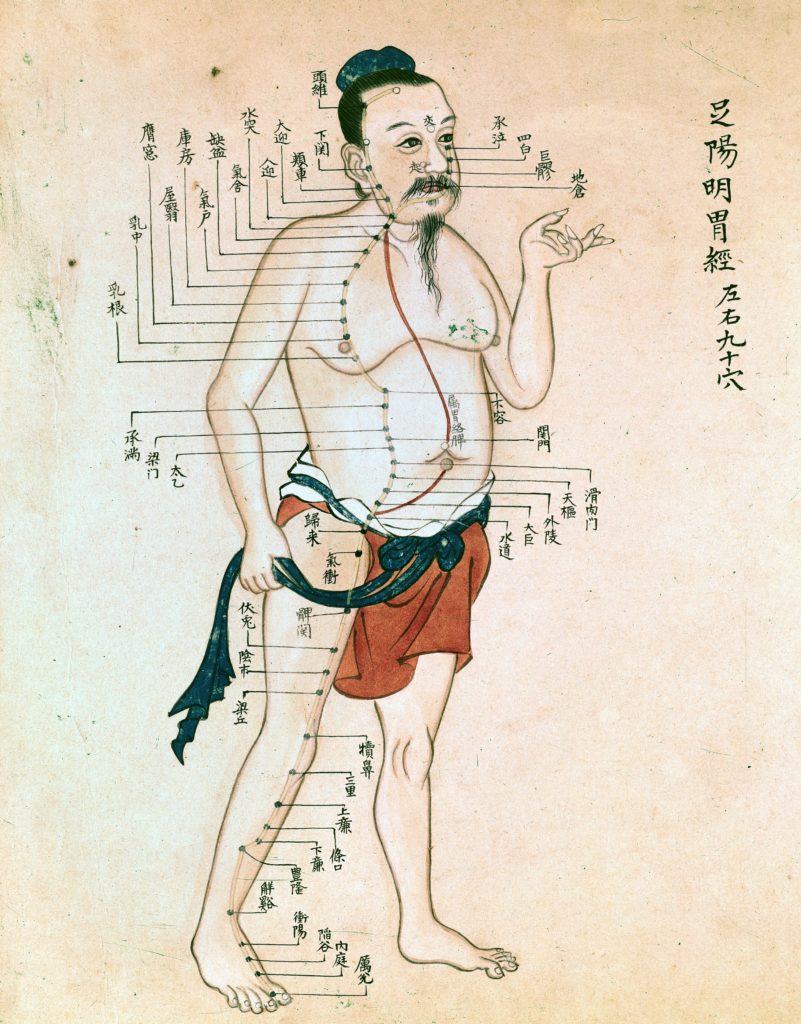
Since it was introduced in the United States in 1971, the ancient healing practice of acupuncture has enjoyed a surge in popularity with Americans. It is primarily considered an alternative form of treatment, but its widening acceptance seems to be lending it more and more credibility.
Is acupuncture a healing art or legitimate science? Many have weighed in on this question and between critiques as well as testimonials, opinions run deep. Emotions run high.
Voices of Dismissal
Following is an excerpt from a contributor to Wikipedia. “Acupuncture is a form of alternative medicine and a key component of Traditional Chinese Medicine (TCM) in which thin needles are inserted into the body. Acupuncture is a pseudoscience because the theories and practices of TCM are not based on scientific knowledge, and it has been characterized as quackery.”
On the website sciencebasedmedicine.org, their article “Acupuncture” comes out strong on the subject. It states that acupuncture was developed before the scientific method was created and before much was known about biology, the functions of the human body or diseases. The field of medicine was based on philosophies, making treatments according to what people thought or theorized rather than on hard facts.

Acupuncture was the answer to the Eastern philosophy of chi, the life force or vital energy that animates all living creatures, and the idea that chi can become blocked in the body. Placing the needles along the channels where this energy flows would, according to the theory, open the way for the neural energy movement. This article contends there is no real mechanism proven to demonstrate how this process actually works.
Ongoing Debate
In 1997, an article was written by Jane E. Brody in which she posed the question, “Acupuncture: An Expensive Placebo or a Legitimate Alternative?” She wrote that although it doesn’t cure anything, it at least provides management of certain maladies such as chronic pain that is as effective or more effective than mainstream medicine options like drugs or invasive surgery without the side effects and the physical damage. Still, the medical community in the West had been unwilling to take it seriously, again due to lack of scientific evidence of its practical value in the field of medicine.
At that time, though, Ms. Brody reported that experts on the subject were summoned to respond to questions from the consensus development program of the National Institutes of Health about what acupuncture treatment can accomplish. There was enough actual data communicated that an independent panel concluded acupuncture could alleviate acute and chronic pain as well as control nausea caused by pregnancy, anesthesia or chemotherapy.
Ms. Brody’s article went on to say that much more research needed to be done to determine whether acupuncture is a truly medical technique of value to a large segment of the population. She at least was able to report that many researchers and practitioners at the above-referenced conference stated it should for the time being be considered a complementary treatment to standard medical practice.
Fast Forward
The National Institutes of Health’s National Center for Complementary and Integrative Health (NIH), has been working on acupuncture research…slowly, it seems. Their website has an entry about “Acupuncture: In Depth,” last updated in 2016. Much of the same ground is being covered as in 1997, but it’s of no small significance that they acknowledge the likelihood acupuncture can help manage certain pain issues.
The Mayo Clinic is one of the most respected medical organizations in the world. They now have a team of specialists in integrative practices–aka complementary and alternative medicine–who perform approximately 1000 acupuncture treatments per year. The Clinic also is a leader in research of acupuncture, using evidence-based testing for effectiveness and safety of its procedures.
In 2017, Healthcare Medicine Institute wrote about the University of Minnesota’s research involving the use of acupuncture in treating cardiac arrhythmia. It was found in eight separate studies that the success rate ranged from 87% to 100% for converting patients to a “normal sinus rhythm after acupuncture.” The practice out-performed drug therapy significantly in conversion rate and in speed of results. There can be a recurrence of the condition, according to their 12-month follow-ups, but this is true for drug and surgical options as well. It’s suggested that occasional maintenance visits can prevent recurrences after acupuncture..
So…Art or Science
Much more research needs to be done to place acupuncture in one category or the other. However, that there are enough cases of proven results to warrant the use of this practice as a viable alternative to conventional medical treatment. If there’s a chance that strategic insertion of some fine needles will produce a comparable result to that provided by drug therapy or surgery of any kind, I’ll give the needles a shot. (You see what I did there, right?) Modern medicine is remarkable and mostly reliable, but don’t discard the ancient Chinese wisdom before it’s fully understood.
